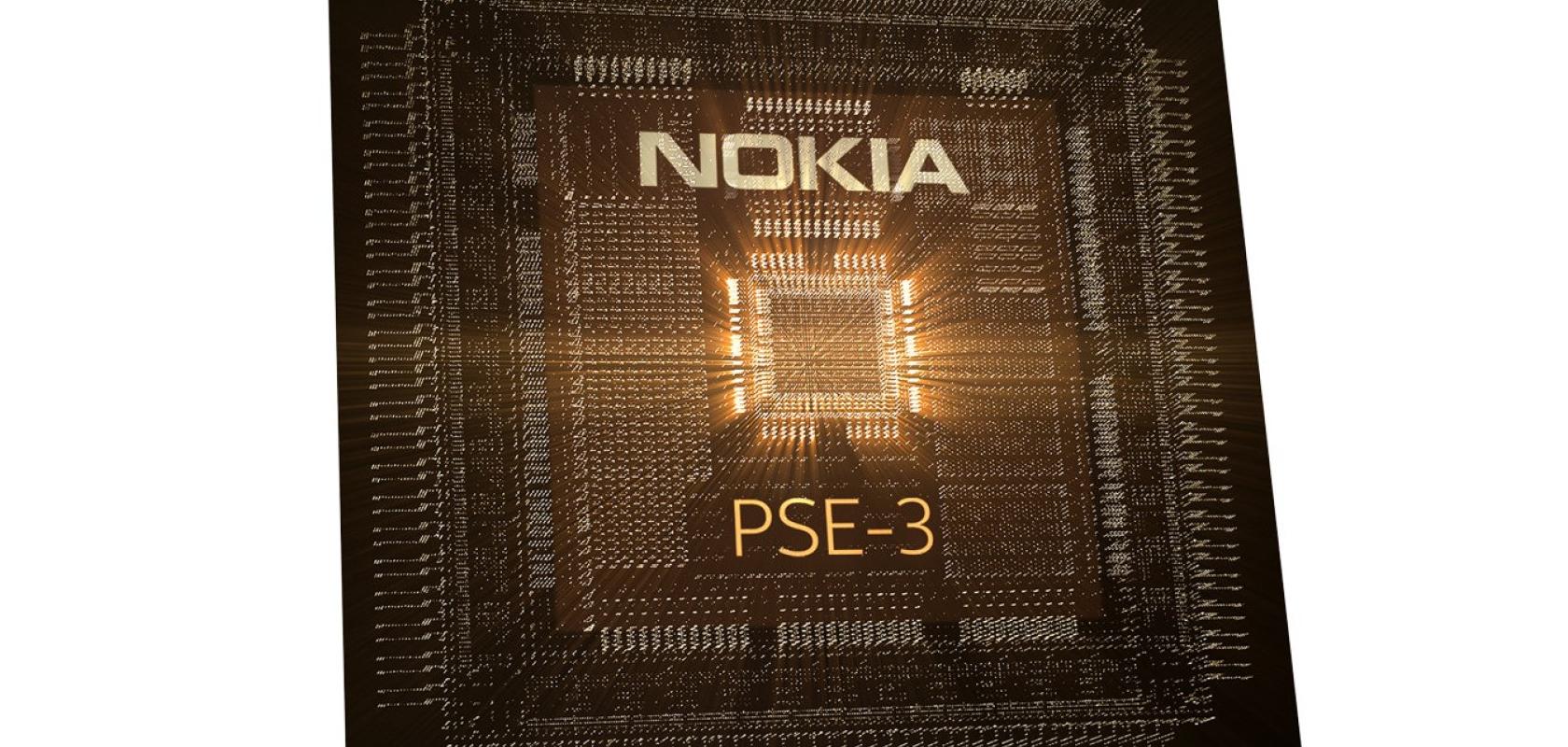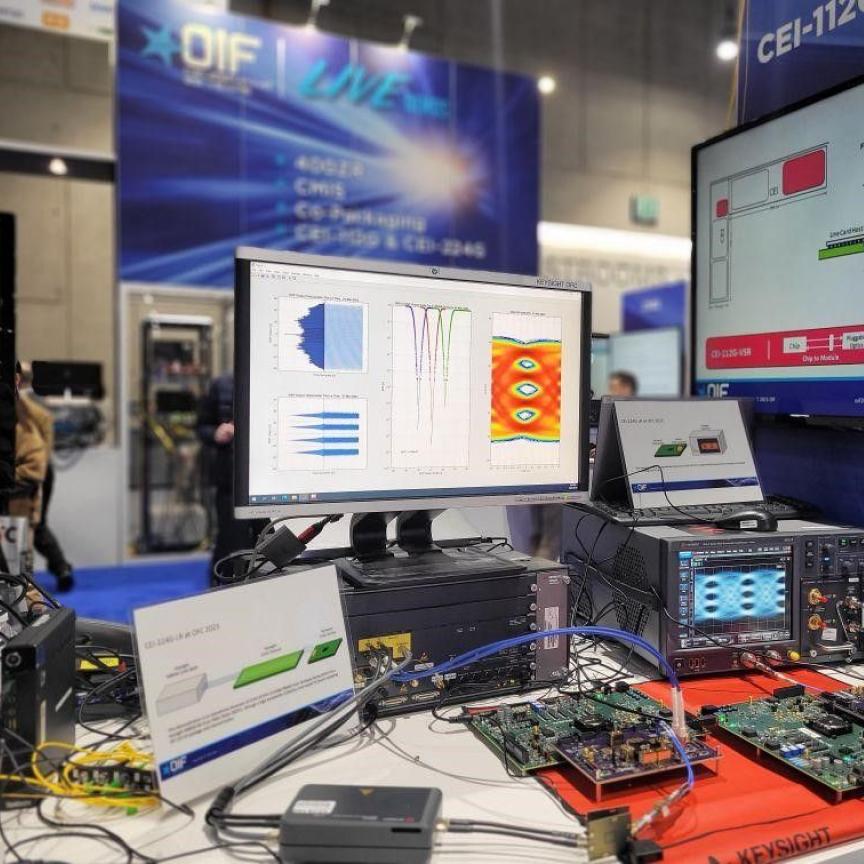Nokia, in partnership with Polish service provider Netia, has conducted a field trial of Photonic Service Engine 3 (PSE-3) super coherent technology over a live production network.
Netia's Wavelength division multiplexing (WDM) backbone, based on the Nokia 1830 Photonic Service Switch (PSS) with flex-grid technology, is designed to enable seamless upgrade to high baud-rate wavelengths, allowing the carrier to significantly increase data rates for links of any distance. The companies say that deployment of the Nokia PSE-3 powered line cards will improve fibre capacity while lowering costs and simplifying operations.
Netia has more than 50,000km of fibre, which connects more than 80 per cent of the A and B class office buildings throughout Poland. In the trial, wavelengths driven by the PSE-3 and operating at 62-68Gbd travelled across the provider’s flex-grid infrastructure in 75GHz channels. Network paths currently supporting 100G and 200G wavelengths were shown to support of greater than 300G and 500G respectively, more than doubling network capacity.
The Nokia PSE-3 implements probabilistic constellation shaping (PCS), a signal processing technique developed by Nokia Bell Labs, which finely adjusts the optical signal to maximise the data-carrying capacity of DWDM optical wavelengths over any distance.
Grzegorz Bartler, member of the board and CTO at Netia, commented: ‘Netia continues to invest in our infrastructure to ensure our customers benefit from the most technologically advanced network in Poland. The results of this field trial mean that our backbone network, originally designed for a total capacity of 8.8Tb/s, now has a proven roadmap to 29Tb/s, ensuring we can continue to keep up with the rapid growth of our business and consumer services.’
Nicolas Almendro, head of Europe and Middle East Africa optics business development at Nokia, said: ‘This important trial is illustrative of the strong partnership that Nokia and Netia have developed over many years. We're excited that Netia could be the first carrier to trial the PSE-3 over a live network, and to prove that their network is prepared for the next wave of capacity growth.’


